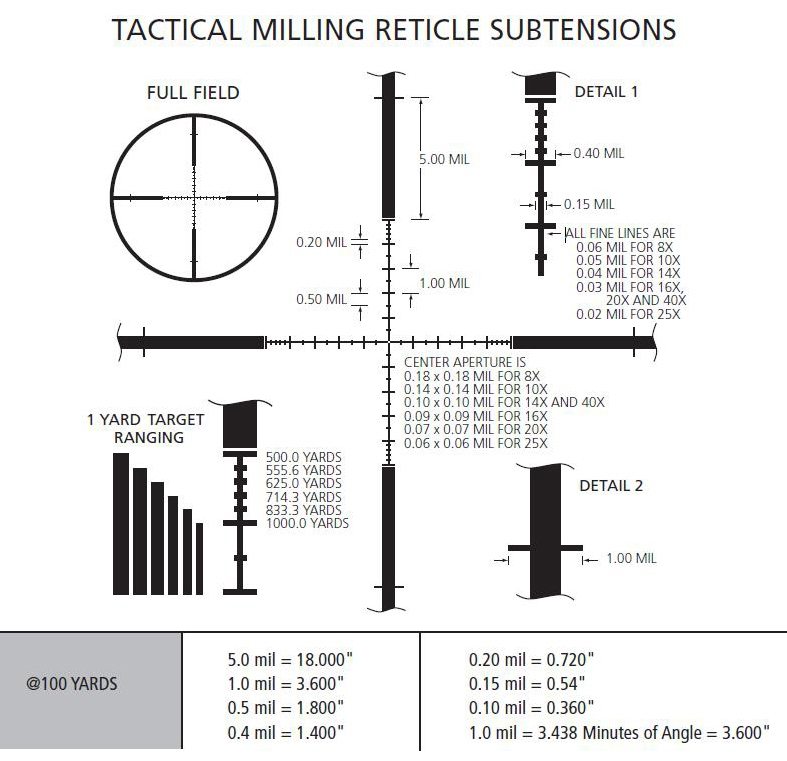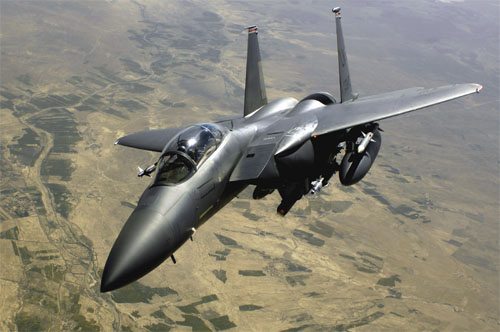United Press International,
WASHINGTON: Much has been made of the intelligence failures in assessing Iraqi weapons of mass destruction. These failures pale to insignificance, however, in comparison with the failure of U.S. policy and military planners to accurately assess the overall situation in Iraq before engaging in war, and for the risk of insurgency if the U.S. did not carry out an effective mix of nation building and stability operations. This failure cannot be made the responsibility of the intelligence community. It was the responsibility of the president, the vice president, the national security adviser, the secretary of state, the secretary of defense, and the chairman of the joint chiefs.
All had the responsibility to bring together policymakers, military planners, intelligence experts, and area experts to provide as accurate a picture of Iraq and the consequences of an invasion as possible. Each failed to exercise that responsibility. The nation's leading policymakers chose to act on a limited and highly ideological view of Iraq that planned for one extremely optimistic definition of success, but not for risk or failure.
There was no real planning for stability operations. Key policymakers did not want to engage in nation building and chose to believe that removing Saddam Hussein from power would leave the Iraqi government functioning and intact. Plans were made on the basis that significant elements of the Iraqi armed forces would turn to the Coalitions' side, remain passive, or put up only token resistance.
No real effort was made to ensure continuity of government or stability and security in Iraq's major cities and throughout the countryside. Decades of serious sectarian and ethnic tension were downplayed or ignored. Actions by Saddam Hussein's regime that had crippled Iraq's economic development since the early years of the Iran-Iraq War — at time when Iraq had only 17-18 million people — were ignored. Iraq was assumed to be an oil wealthy country whose economy could quickly recover if the oil fields were not burned, and transform itself into a modern capitalist structure in the process.
The nation's most senior military commanders compounded these problems by planning for the conventional defeat of the enemy and an early exit from Iraq, by making a deliberate effort to avoid “Phase IV” and stability operations. The fact that they did so to minimize the strain on the U.S. force posture, and the “waste” of U.S. troops on “low priority” missions played a major role in creating the conditions under which insurgency could develop and flourish.
To Read Full Article Click Here









